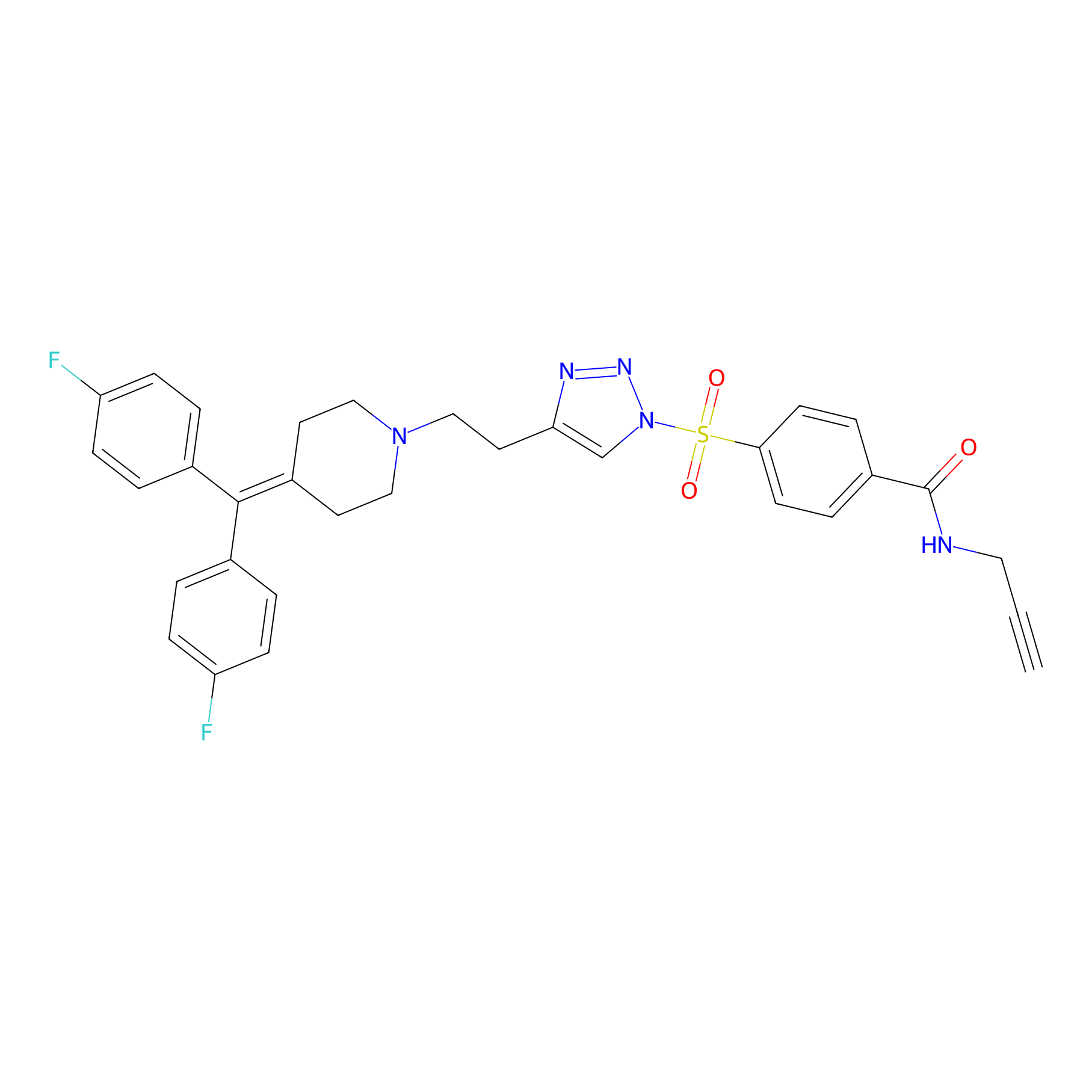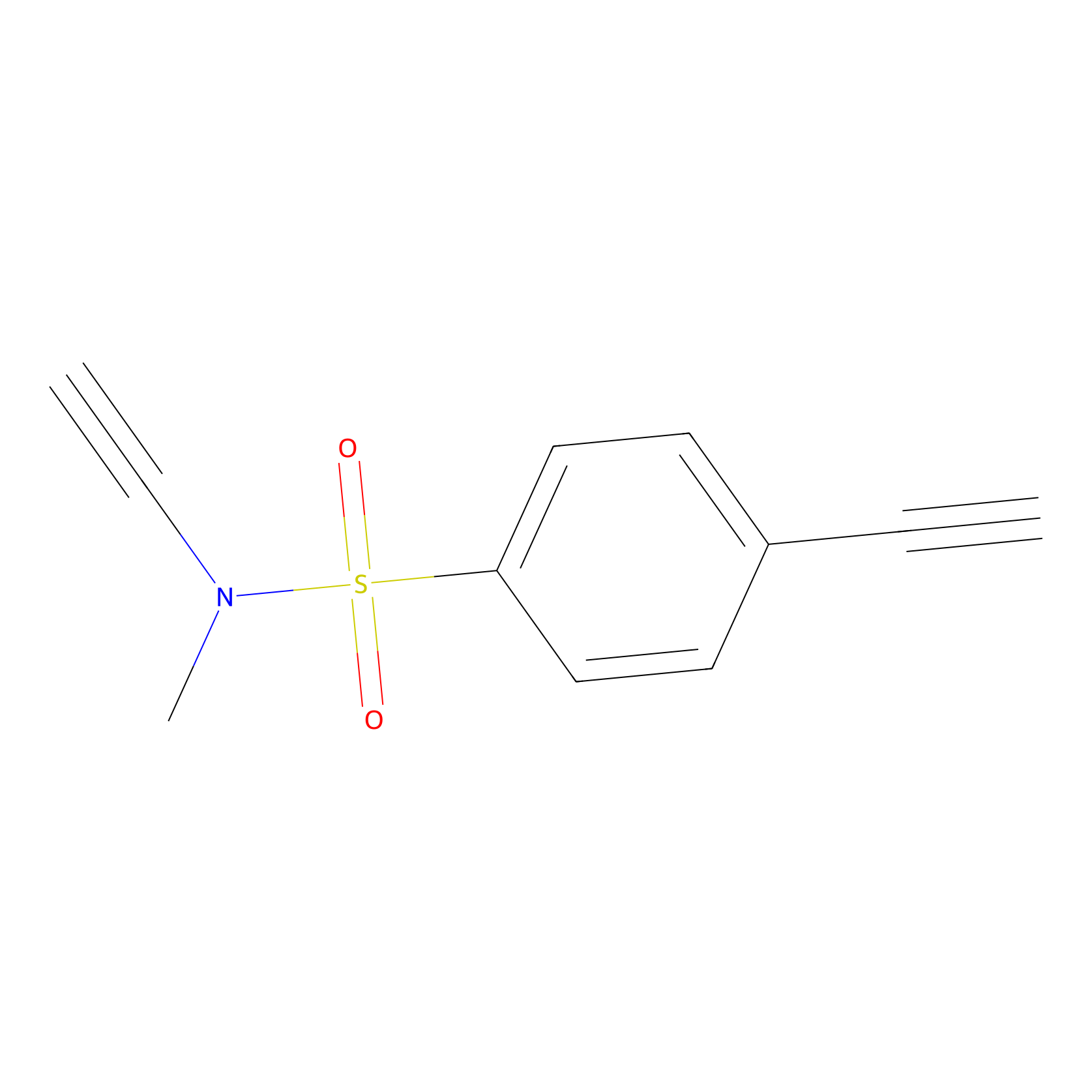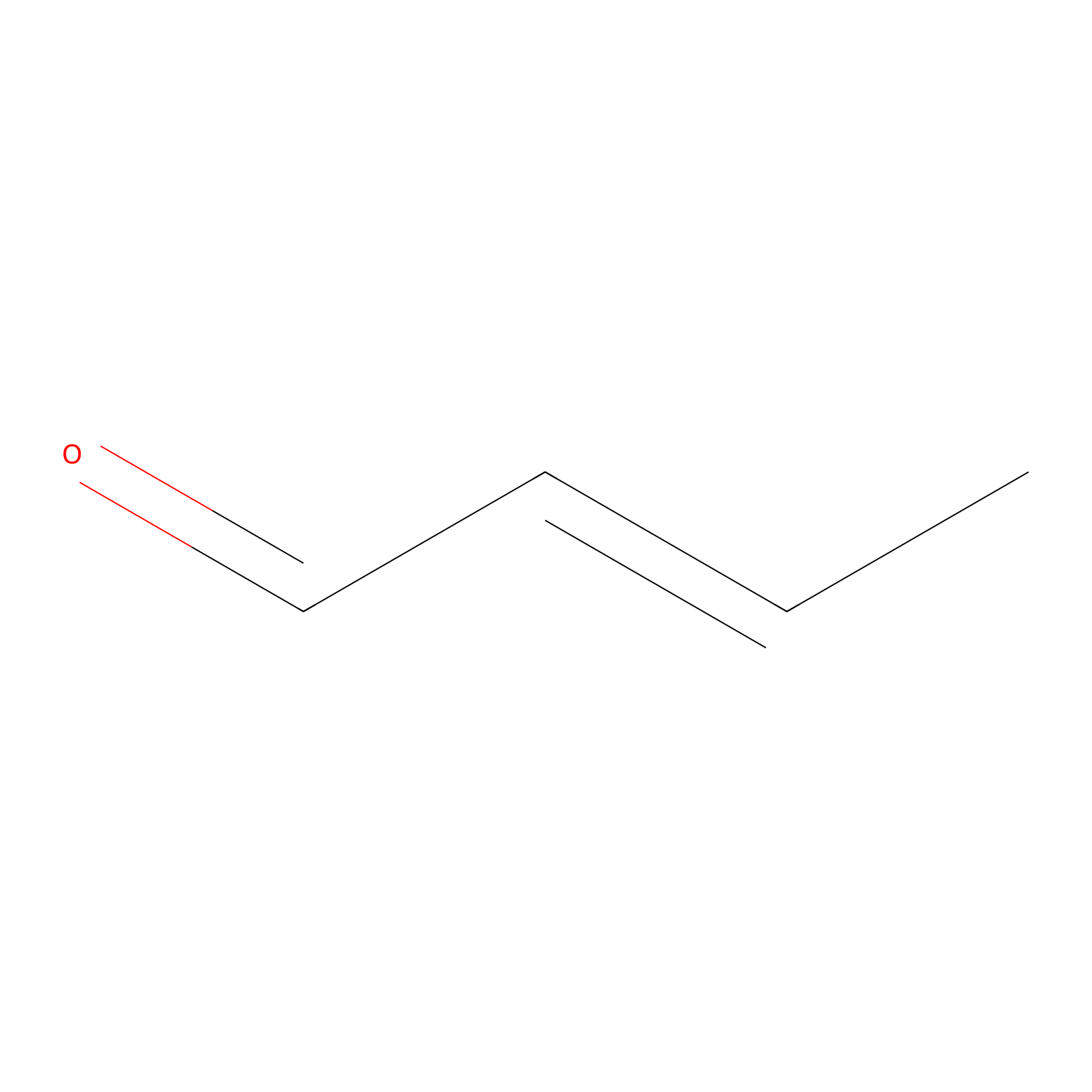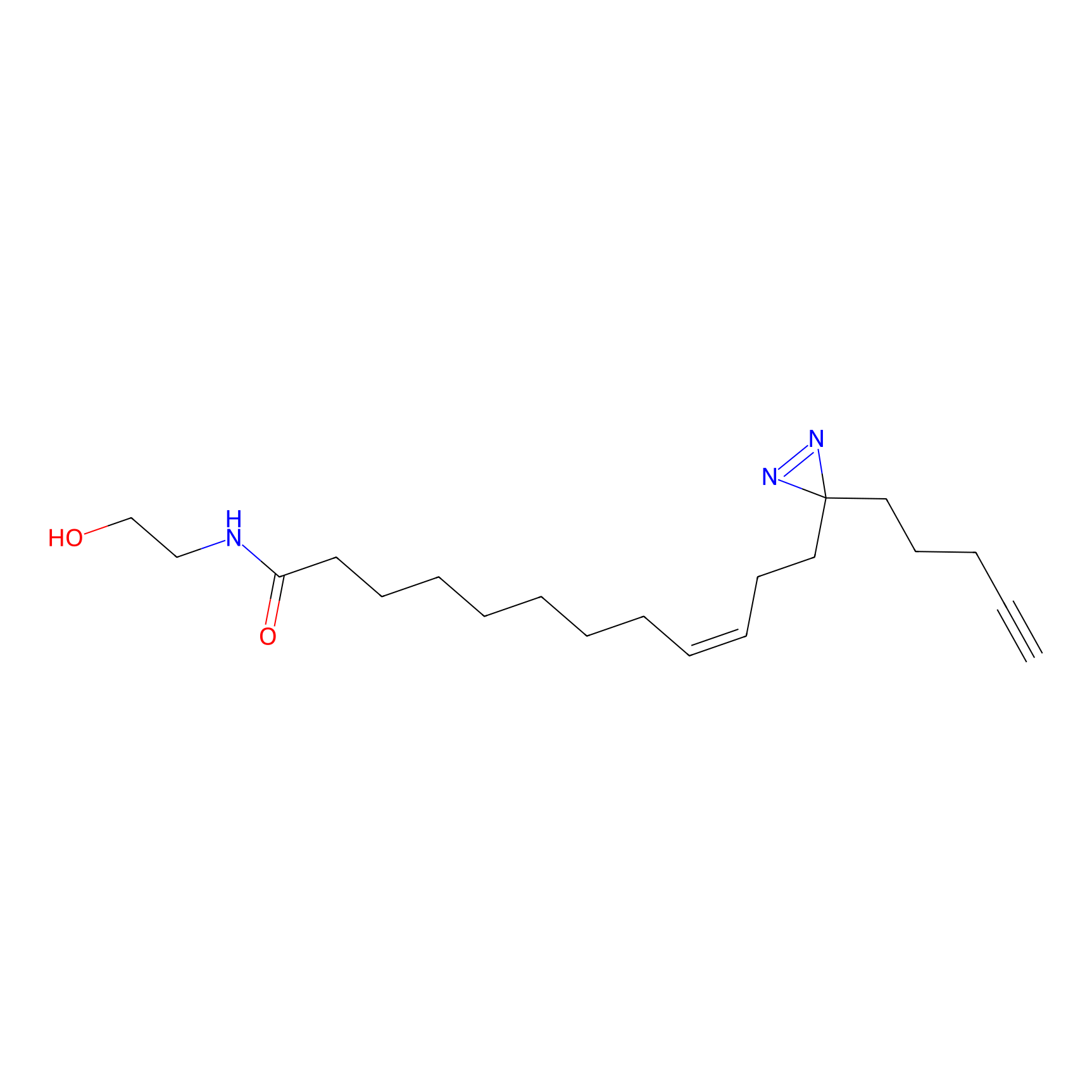Details of the Target
General Information of Target
| Target ID | LDTP01774 | |||||
|---|---|---|---|---|---|---|
| Target Name | Cytochrome c oxidase subunit 3 (MT-CO3) | |||||
| Gene Name | MT-CO3 | |||||
| Gene ID | 4514 | |||||
| Synonyms |
COIII; COXIII; MTCO3; Cytochrome c oxidase subunit 3; EC 7.1.1.9; Cytochrome c oxidase polypeptide III |
|||||
| 3D Structure | ||||||
| Sequence |
MTHQSHAYHMVKPSPWPLTGALSALLMTSGLAMWFHFHSMTLLMLGLLTNTLTMYQWWRD
VTRESTYQGHHTPPVQKGLRYGMILFITSEVFFFAGFFWAFYHSSLAPTPQLGGHWPPTG ITPLNPLEVPLLNTSVLLASGVSITWAHHSLMENNRNQMIQALLITILLGLYFTLLQASE YFESPFTISDGIYGSTFFVATGFHGLHVIIGSTFLTICFIRQLMFHFTSKHHFGFEAAAW YWHFVDVVWLFLYVSIYWWGS |
|||||
| Target Bioclass |
Enzyme
|
|||||
| Family |
Cytochrome c oxidase subunit 3 family
|
|||||
| Subcellular location |
Mitochondrion inner membrane
|
|||||
| Function |
Component of the cytochrome c oxidase, the last enzyme in the mitochondrial electron transport chain which drives oxidative phosphorylation. The respiratory chain contains 3 multisubunit complexes succinate dehydrogenase (complex II, CII), ubiquinol-cytochrome c oxidoreductase (cytochrome b-c1 complex, complex III, CIII) and cytochrome c oxidase (complex IV, CIV), that cooperate to transfer electrons derived from NADH and succinate to molecular oxygen, creating an electrochemical gradient over the inner membrane that drives transmembrane transport and the ATP synthase. Cytochrome c oxidase is the component of the respiratory chain that catalyzes the reduction of oxygen to water. Electrons originating from reduced cytochrome c in the intermembrane space (IMS) are transferred via the dinuclear copper A center (CU(A)) of subunit 2 and heme A of subunit 1 to the active site in subunit 1, a binuclear center (BNC) formed by heme A3 and copper B (CU(B)). The BNC reduces molecular oxygen to 2 water molecules using 4 electrons from cytochrome c in the IMS and 4 protons from the mitochondrial matrix.
|
|||||
| Uniprot ID | ||||||
| Ensemble ID | ||||||
| HGNC ID | ||||||
Probe(s) Labeling This Target
ABPP Probe
| Probe name | Structure | Binding Site(Ratio) | Interaction ID | Ref | |
|---|---|---|---|---|---|
|
TH211 Probe Info |
 |
Y67(15.40) | LDD0260 | [1] | |
|
YN-1 Probe Info |
 |
100.00 | LDD0444 | [2] | |
|
Acrolein Probe Info |
 |
N.A. | LDD0222 | [3] | |
|
Crotonaldehyde Probe Info |
 |
H71(0.00); H70(0.00) | LDD0219 | [3] | |
PAL-AfBPP Probe
| Probe name | Structure | Binding Site(Ratio) | Interaction ID | Ref | |
|---|---|---|---|---|---|
|
OEA-DA Probe Info |
 |
6.99 | LDD0046 | [4] | |
Competitor(s) Related to This Target
The Interaction Atlas With This Target
References
